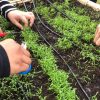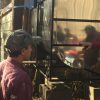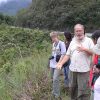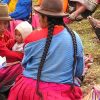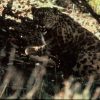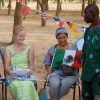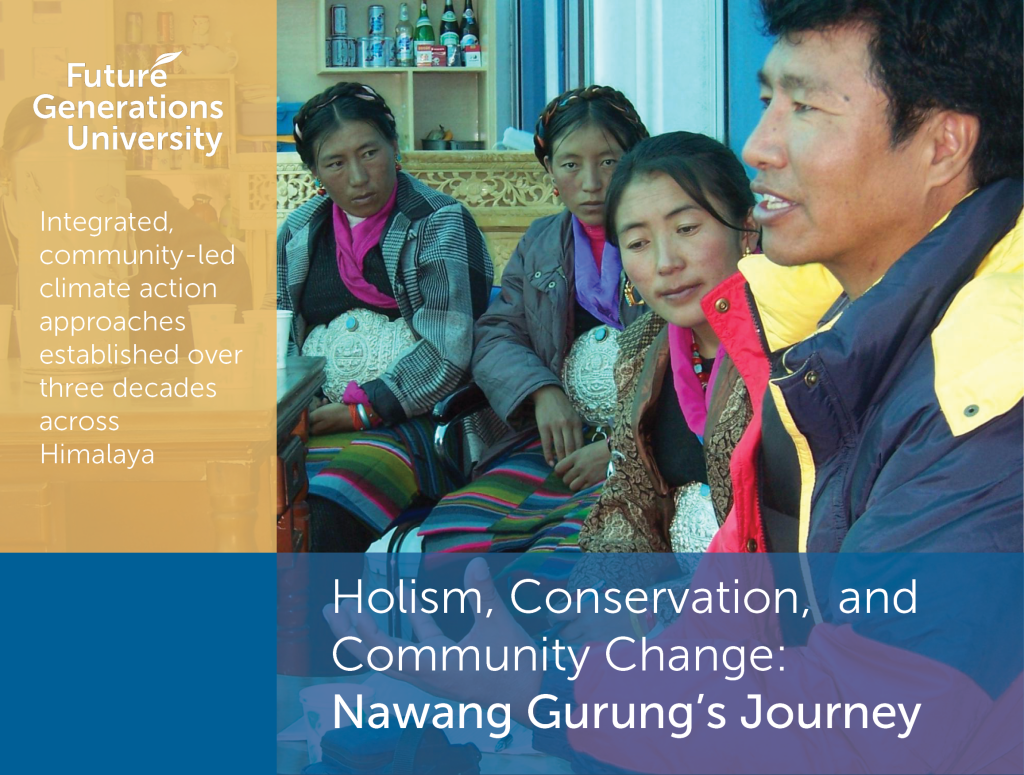
In the windswept heights of the Himalayas, where resources are few but community spirit runs deep, Nawang S. Gurung has spent his life planting seeds of sustainable change.
For nearly three decades, Nawang Gurung has advanced community-based environmental action across the Himalayan region. A 2005 graduate of Future Generations University, Nawang’s journey as a development practitioner, educator, and mentor has touched thousands—from nomadic herders in Tibet to forest guardians in Nepal. His approach? Equip communities to lead, learn from their own successes, and grow resilience rooted in their values and resources. In a world urgently seeking models for climate adaptation, his story is a map we all can follow.
Nawang’s work—spanning Tibet, India, and Nepal—demonstrates the measurable impact that can emerge when conservation, health, and livelihoods are integrated through locally-led development. In many ways, his journey mirrors the evolution of Future Generations as an institution. Originating in field-based research and engagement, Nawang’s approach emphasizes education, long-term community ownership, capacity-building, and evidence-driven models for change. Through this holism-grounded work, communities have become active stewards of the interlinked natural processes that sustain life on the planet—climate, biodiversity, water cycles, soils, forests, and human societies. And from these community-led actions emerges inspiration and opportunities to effect systems change that addresses climate resiliency far beyond the Himalaya.
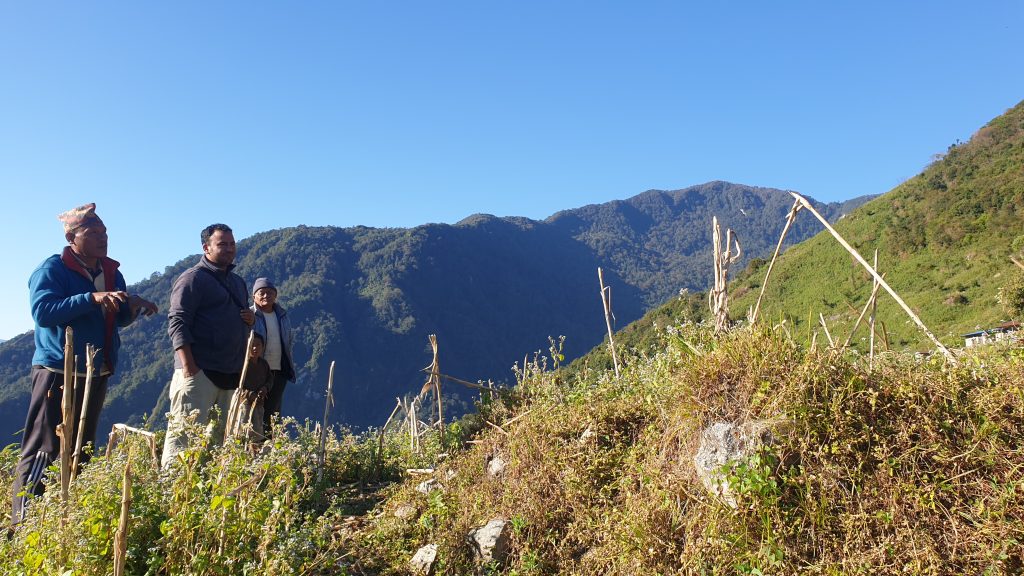
Holism as Conservation-Promoting Modality
Nawang began his work with Future Generations in 1997, supporting the Qomolangma National Nature Preserve (QNNP) in Tibet TAR. At the time, villages in the region faced interlinked challenges: environmental degradation, health crises, and economic instability.
Nawang did not pursue isolated interventions. Instead, he focused on holism – an approach that recognizes the interdependence of environmental, social, economic, and cultural systems. Rather than treating health, education, livelihoods and local economies as separate from conservation, holism emphasizes their integration. Holistic development starts with people’s lived realities and promotes locally led solutions that build on what is already working. Individuals, families, villages begin to work together – ultimately, it is communities who are the best stewards for the environment. Conservation is not viewed as restricting use, but as enabling regenerative, cooperative relationships between people and the ecosystems they depend on.
Holism is not about doing everything at once; it is about understanding how all actions affect the whole and prioritizing systemic balance.
Key principles include:
- Use and protection must coexist: Communities must benefit from natural systems in order to be invested in their long-term health.
- Conservation begins with local knowledge: Ecological resilience is strengthened when indigenous, traditional, and scientific knowledge are combined.
- People are not separate from nature: Communities are part of the Earth system, and their behaviors, economies, and health all contribute to ecological outcomes.
Over the course of Nawang’s career, he promoted holism by combining healthcare training with environmental awareness; linking livelihoods to conservation outcomes, such as eco-tourism that supports both family income and forest preservation; and by encouraging local partners —communities, governments, and experts—to collaborate rather than compete for control.
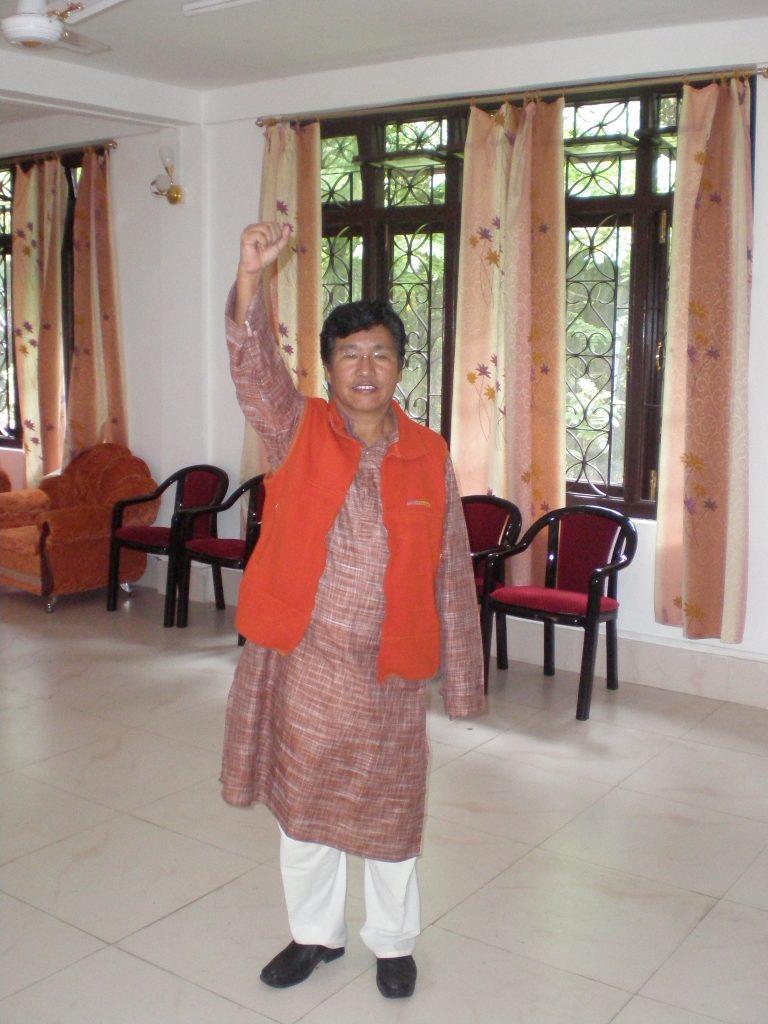
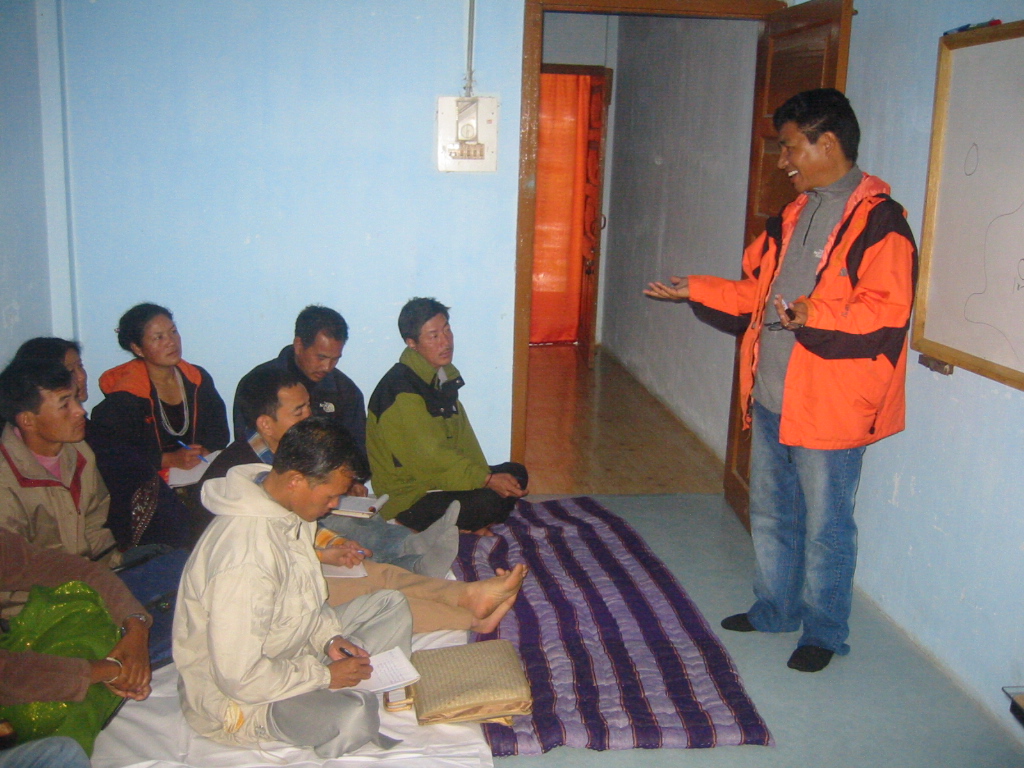
Pendaba = Community Helper

At the heart of Nawang’s work is a simple belief: real change begins within communities.
His landmark achievement, the Pendeba Program in the Qomolangma (Mount Everest) National Nature Preserve in Tibet, stands as a model for community-led development. Pendebas, (translated, “community helpers”) were trained as volunteer leaders to deliver primary health education, facilitate ecological stewardship, and support alternative livelihoods. Between 1997 and 2009, more than 1,200 Pendebas were trained across four Tibetan prefectures.
These locally embedded leaders contributed to a suite of conservation and development outcomes, including:
- A reported 86% tree survival rate in reforested demonstration plots in high-altitude regions such as Dingri and Tingkya Counties, where trees had not previously been planted due to elevation and climatic constraint perceptions.
- Over 800,000 trees planted in Tingkya County under the guidance of Pendebas, with more than 60% survival—a major milestone in high-elevation forestry.
- The reduction of firewood usage across Pendeba regions through expanded adoption of solar energy systems, contributing to forest preservation and improved indoor air quality.
These outcomes were achieved with minimal external funding and were primarily sustained through village-led initiatives, volunteer labor, and strategic partnerships with local governments.
Integrating Health and Ecology
Nawang’s method emphasized the connection between environmental health and human health. In QNNP, Pendebas were trained in preventive care, nutrition, sanitation, and family planning—topics rarely addressed in rural Tibetan communities prior to the program. In the Pendeba Program and Barun Biomeridian Project, conservation values are operationalized through tree planting, sustainable harvesting, alternative energy use, biodiversity monitoring, and buffer zone governance—all led by local communities.

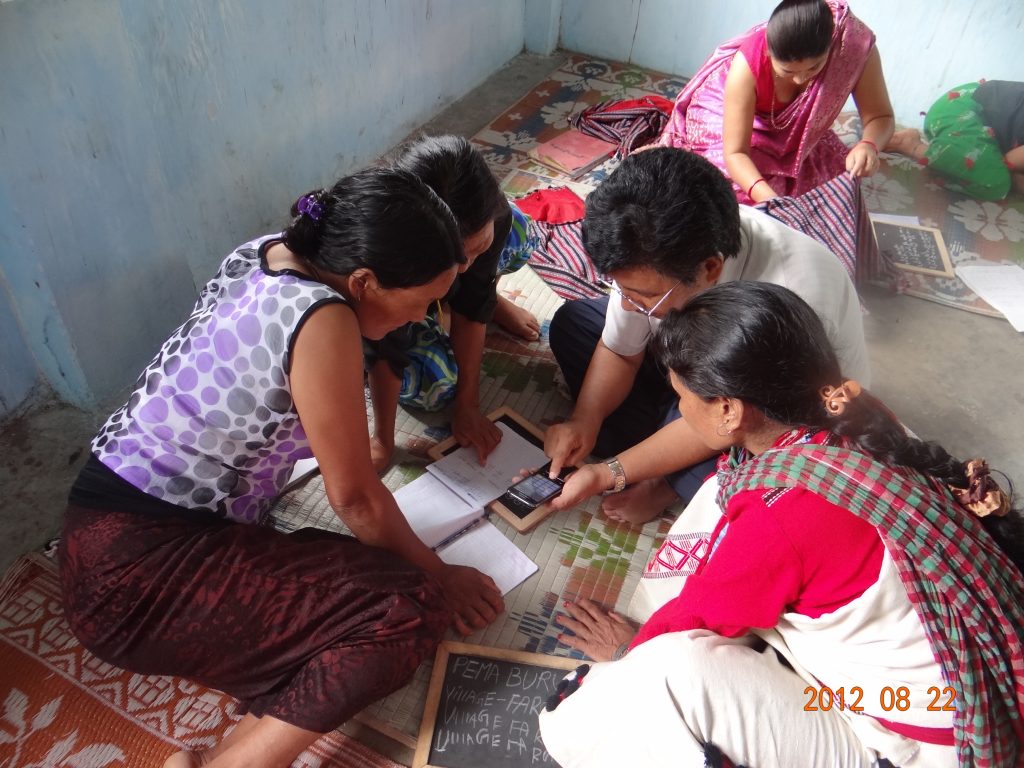
By 2009, government health data from partner counties in QNNP showed:
- A 50% reduction in child mortality rates.
- Immunization rates exceeding 90% for children under five.
- Increased voluntary adoption of family planning services, particularly among women—a marked shift from previous cultural norms.
Importantly, these health improvements enabled communities to reallocate energy and attention to sustainable resource management and conservation. With immediate survival needs addressed, Pendebas facilitated broader community engagement in reforestation, organic agriculture, and biodiversity protection.
Sustainable Resource Use and Economic Transition
One of the challenges in highland regions like QNNP is unsustainable harvesting of forest products—particularly mushrooms, firewood, and medicinal plants. To address this, Pendebas introduced practices for systematic harvesting and seed-saving, training communities to ensure regeneration.

After Pendebas intervention, significant milestones in environmental conservation and sustainable livelihoods emerged, including the creation of community-managed zones for conserving medicinal plants, fostering biodiversity protection. Additionally, sustainable income streams were established through the sale of responsibly harvested mushrooms and herbs, offering viable economic alternatives and mitigating pressures from illegal wildlife trade and overharvesting. In cultivated lands, a notable shift towards organic composting and crop rotation practices enhanced soil health, reducing dependency on chemical fertilizers and promoting sustainable agricultural practices within the region. These efforts collectively reflect a commitment to holistic environmental stewardship and community resilience.
Ecotourism also became a viable economic model. Pendebas and village leaders collaborated with Future Generations to set up family-run guesthouses, tea shops, and local product markets—particularly along trekking routes to the Mt. Everest base camp.

Key takeaways from the transition:
- Government offices in QNNP began employing trained Pendebas as formal health workers, recognizing their value and improving program continuity.
- More than 75% of Pendebas in some areas transitioned from volunteer to paid community roles within government or NGO partnerships.
- Local governments adopted Pendeba training models in neighboring regions, including the Four Great Rivers (4GR) initiative.
The long-term sustainability of the Pendeba Program was cemented in 2009, when it was handed over to local leadership and registered as the Pendeba Society, the first NGO of its kind in Lhasa. Led by Norbu Tsering, a former Pendeba and Master’s student at Future Generations, the society continues to function as a community-based institution that bridges local action with regional governance.
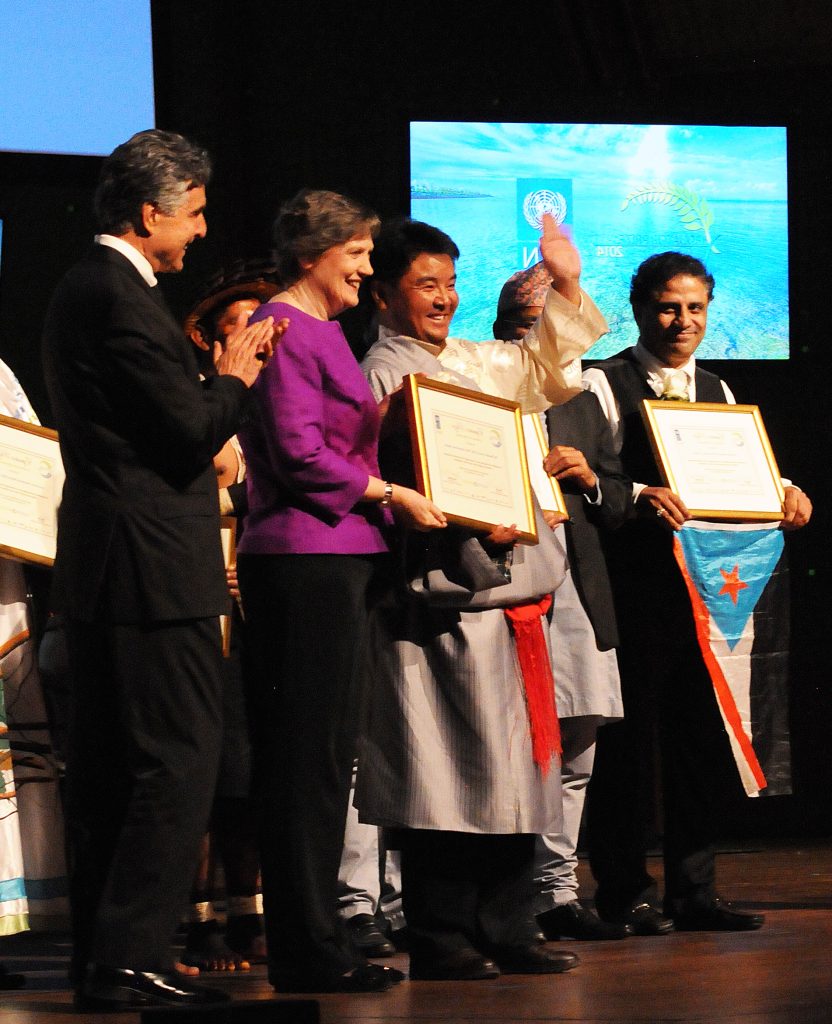
Expanding Across Borders: The Arunachal Model

Between 2012 and 2015, Nawang led the Future Generations Arunachal program in northeast India. Drawing on lessons from Tibet, the focus shifted toward women’s Self-Help Groups (SHGs) and microfinance as tools for development.
By 2015:
- Over 65 SHGs were operational, with more than 95% repayment rates on micro-loans used for agriculture, weaving cooperatives, and small businesses.
- More than 3,200 families benefited from income-generating projects facilitated through SHG support systems.
- 98.5% of micro-loans were repaid on time, ensuring the viability of revolving funds.
Importantly, SHGs became platforms for environmental education. Women began promoting organic agriculture, bamboo cultivation, and kitchen gardening as climate-smart alternatives to slash-and-burn farming. These practices helped reduce soil erosion, increase food security, and diversify local diets.

Precious and Rare: Himalayan Bioregions as Beacons of Holistic Conservation
More than protected areas, landscapes present in the Barun Valley in Nepal, Arunachal Pradesh in India, and the Qomolangma National Nature Preserve represent a convergence of ecological richness, Indigenous stewardship, and adaptive resilience in the face of climate uncertainty.
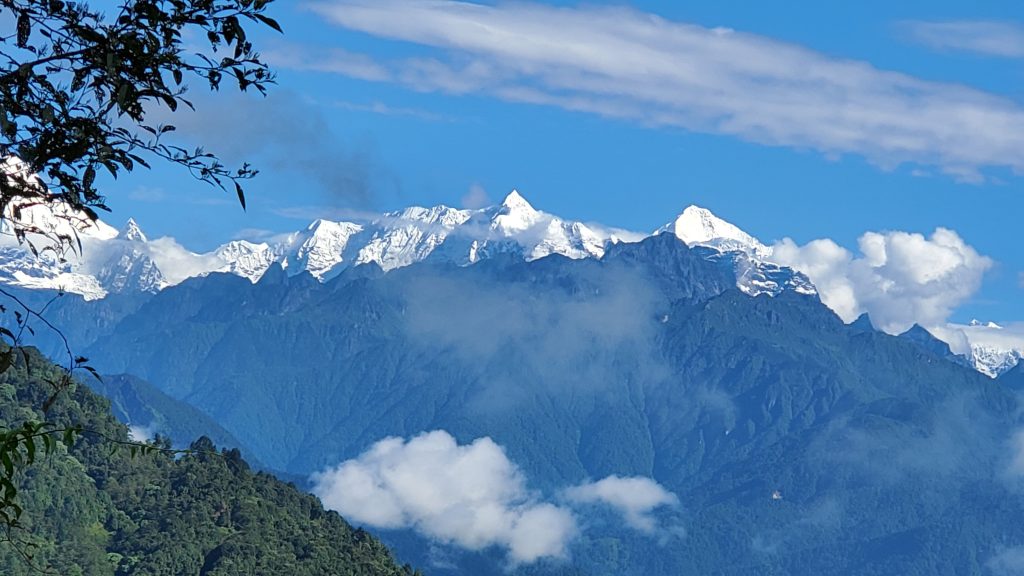
Ecological Gradients as Living Laboratories
These regions are shaped by extreme elevational shifts—from subtropical valleys to alpine tundra and glacial peaks—which create unparalleled ecological diversity in compact geographies. Within these vertical tapestries lie rare and endemic species found nowhere else: from the elusive snow leopard and red panda in the Barun Valley, to Arunachal’s wild orchids and crop progenitors, to Qomolangma’s cold-adapted flora surviving at the edge of life. These transitional zones are more than scenic—they are “climate corridors,” where scientists track the upward migration of species responding to warming temperatures, making them sentinel sites for global climate dynamics.
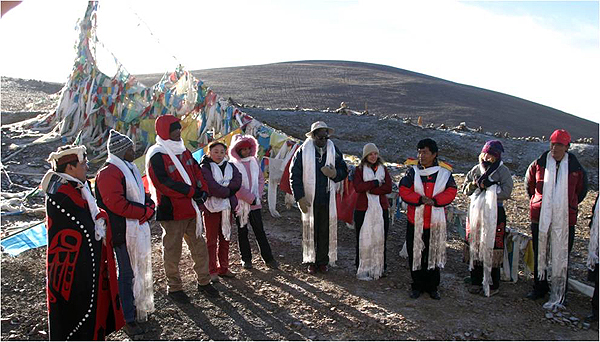
Reservoirs of Genetic and Cultural Wisdom
Each bioregion serves as a genetic reservoir—preserving not only biodiversity, but cultural biodiversity. These mountains are home to communities whose livelihoods and spiritual lives have evolved in intimate dialogue with their environment. Sacred peaks, forest groves, and seasonal festivals encode centuries of ecological understanding. From community-managed grazing systems to seed-saving practices, these regions are repositories of traditional ecological knowledge that offer scalable insights for the wider world.
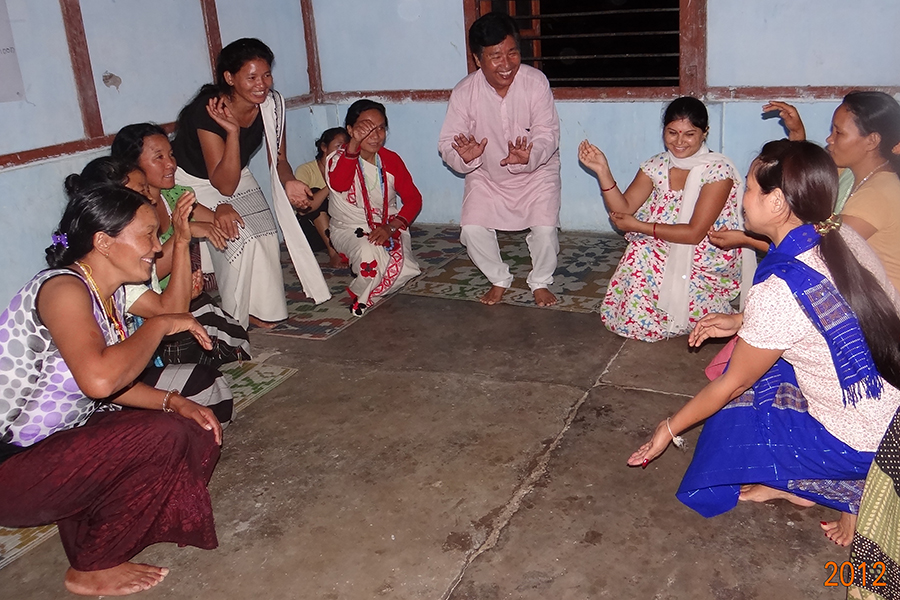
Bioregions as Models of Integrated Development
What makes these areas truly global treasures is not only their biological or cultural wealth, but how they demonstrate the power of integration. They exemplify how conservation, sustainable livelihoods, and education can co-evolve in place. In these bioregions, global policy frameworks like the Sustainable Development Goals find real traction—not as abstract ideals, but as practical, grounded solutions. They embody “One Health” in action, showing how human and ecosystem health are inseparably linked, and how nature-based solutions can be crafted not just for communities, but with them.
Data-Driven Conservation: Barun Biomeridian Research
Since 2018, Nawang has coordinated the Barun Biomeridian Research Project (BBRP) in Nepal’s Makalu-Barun National Park. A collaboration between Future Generations University, The East Foundation, and Nepal’s Department of National Parks and Wildlife Conservation, the project integrates:
- Bioacoustic monitoring (recording wildlife calls)
- Camera trapping (tracking mammal movement)
- Temperature-humidity sensors (recording microclimate changes)
The objective: establish a living observatory for climate change along altitudinal gradients from 1,260 to 4,300 meters. Surveys led to the detection of multiple rare and endangered species, including iconic wildlife like the red panda and snow leopard, underscoring the region’s ecological importance. In parallel, forest user groups co-designed baseline datasets that now serve as critical tools for community-led climate adaptation planning. Complementing these efforts, more than 60 local youth and community members have been trained in research methods and ecological monitoring, ensuring that local knowledge and capacity are central to ongoing environmental stewardship.
Climate Frontlines, Community First
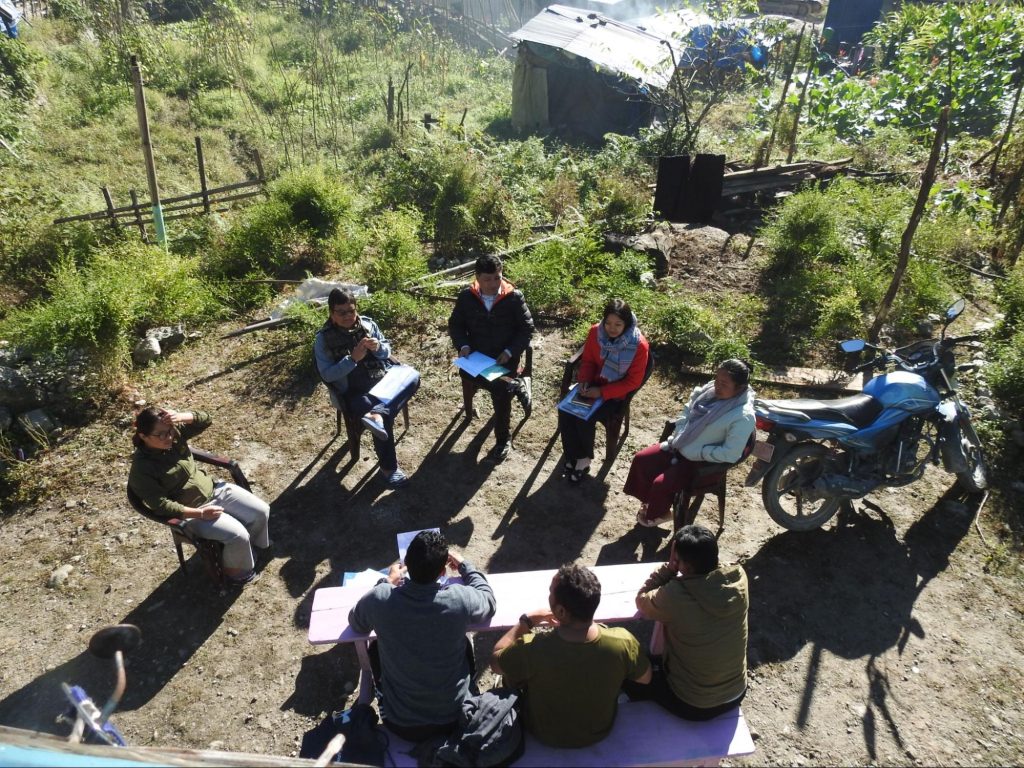
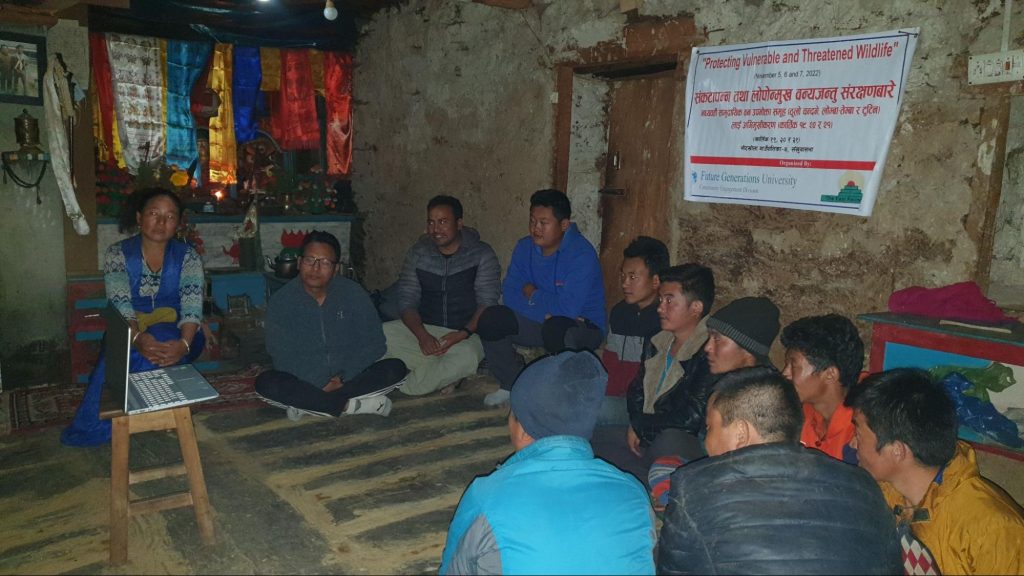
The effects of climate change are visibly etched into the land across Himalaya. Melting glaciers in the Barun and Qomolangma regions reshape river systems that sustain millions downstream. In Arunachal Pradesh, unpredictable weather disrupts traditional cropping cycles, threatening both food security and cultural rhythm. Yet, it is precisely here—on the frontlines—where some of the most innovative, community-led responses are taking root. Whether it’s Qomolangma’s volunteer forest stewards or tribal councils in Arunachal crafting land-use agreements, these models challenge top-down paradigms by centering local voices and lived realities.
In a world searching for scalable, just responses to climate and ecological crises, the highlands of Nepal, India, and Tibet are not remote—they are profoundly relevant. They remind us that the future of conservation lies not only in preserving landscapes, but in honoring the indigenous wisdom of their communities.
Conclusion: Community as Climate Actor
Nawang Gurung’s legacy is not a single project or organization—it is a systems-level shift in how climate adaptation and environmental stewardship are conceived and practiced.
Across three countries and decades, the impact of his work is striking:
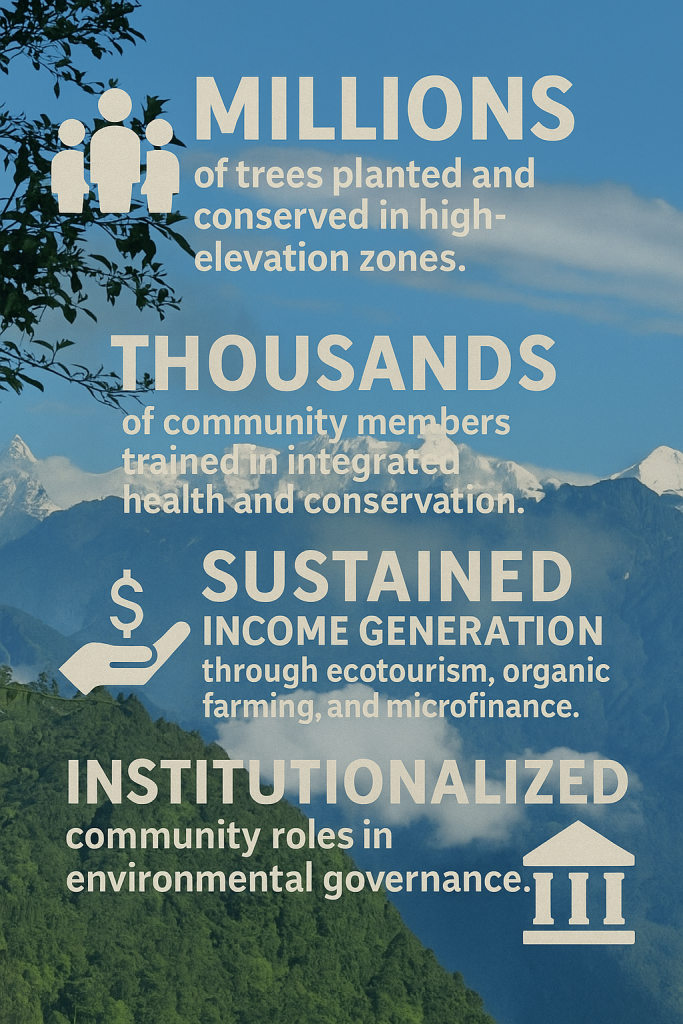
His methods are replicable because they are rooted in evidence, local capacity, and shared values. Nawang’s journey reveals a compelling truth: planetary systems change begins in the lived, local wisdom of people who know their land intimately. From the misted forests of the Barun Valley to the glacial silence of Qomolangma, his efforts echo a deeper paradigm shift—one that places trust in community agency, intergenerational knowledge, and the capacity of place-based solutions to ripple outward. These are not isolated successes; they are scalable blueprints. As the world searches for exemplary models in the face of ecological breakdown, the integrated, community-first approaches emerging from these Himalayan bioregions offer not only hope, but a roadmap—for climate resilience, for biodiversity, and for catalysts that inspire institutional design shifts.
For practitioners, policymakers, and educators alike, Nawang’s work with Future Generations demonstrates that positive environmental change is not only possible—it is already happening, village by village. We invite you to join us as we explore systems-change frameworks for a future in which people and planet thrive together.
